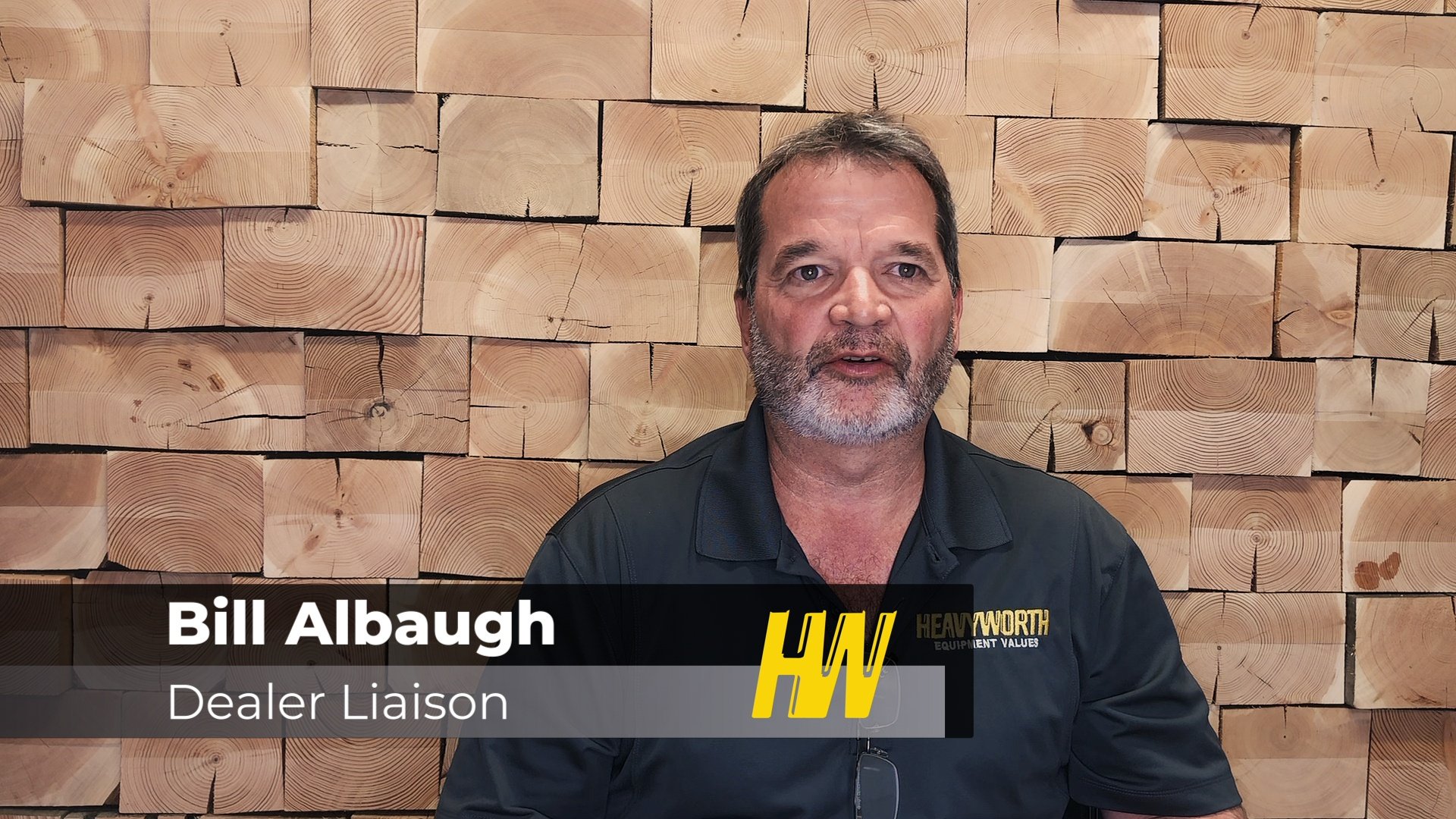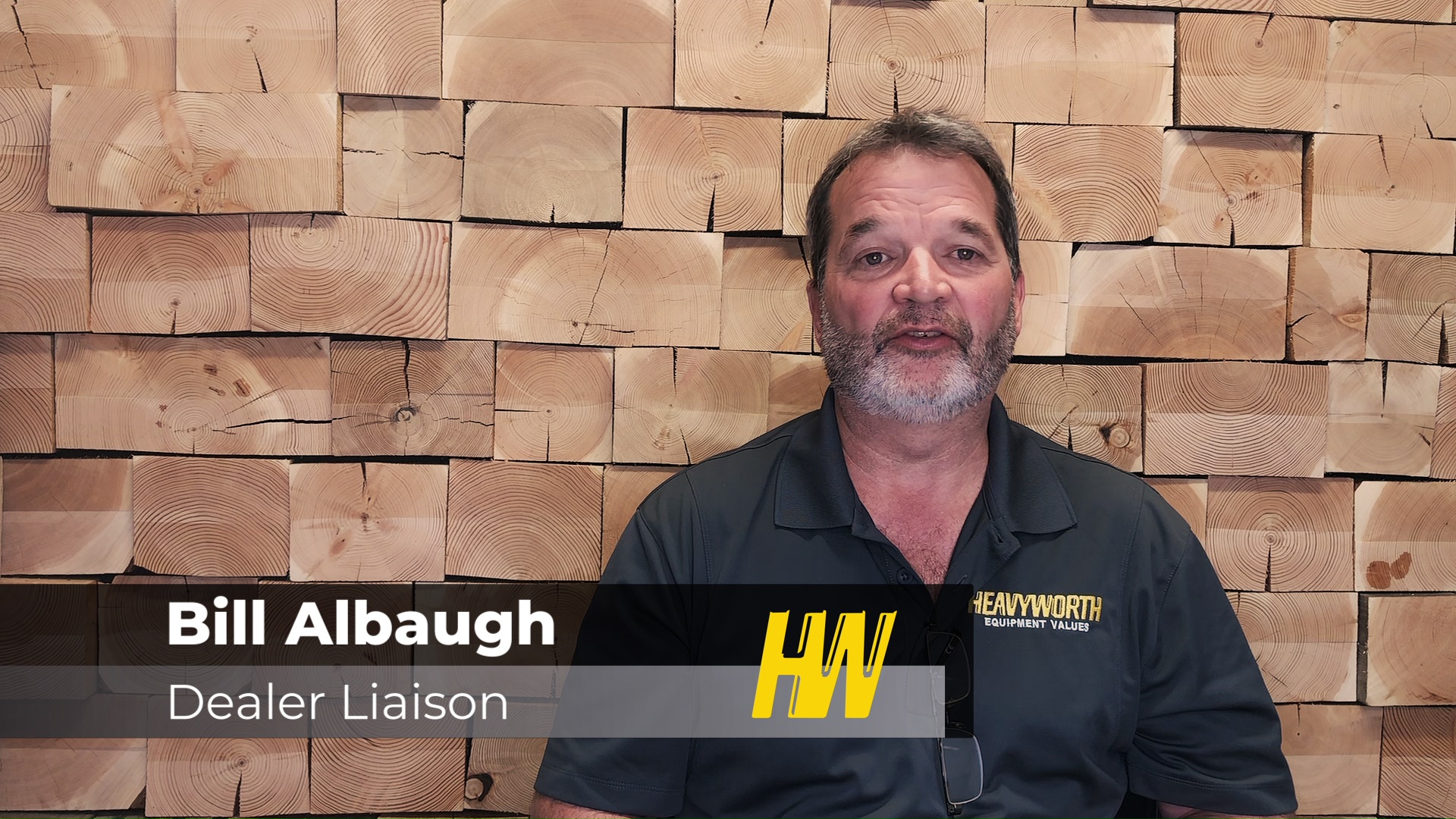Comparing retail prices for used ag and construction equipment
Prospective buyers of used heavy equipment frequently arm themselves with as much data as they can find before starting a discussion about price with a salesperson. They find other public listings both to try to decide for themselves what an asset is worth as well as to use to try to convince a salesperson to reduce the asking price. We asked Bill Albaugh how frequently dealers actually sell the equipment on their lots for the retail prices they listed.
Not very often — if you do, you celebrate and figure out that you probably advertised it for less than what it actually was worth. I think somewhere along the line in history, farmers especially were ingrained with this negotiation thing. Whether it was bartering or whatever you want to call it, they have an innate ability to negotiate advertised pricing on equipment and beat the dealers down on price so that they feel like they get a deal. So not very often do you ever get advertised price on used equipment.
I think that's one of the one of the issues when I look out on the market and see equipment. You might have $100,000 worth of variation on the same model of combine or tractor. I think valuing the piece of equipment so it turns and sells based on today's market is incredibly important. If you advertise similar pieces of equipment a lot higher than everybody else, a lot of times nobody's going to call you because they just think you're nuts anyway.
When looking at advertised pricing on equipment — and I don't care if it's agricultural or construction — you need to pay particular attention to how the units are equipped because you might see variations of pricing based off of transmissions or tire sizes. Those are just a couple of examples, but you want to pay particular attention to advertised prices and then how it's equipped. There's corn heads out there that are non-chopping corn heads. There's corn heads out there that are chopping corn heads. There are planters out there that have fertilizer. There's planters out there that don't have fertilizer. You have forage choppers with kernel processors. You have them without kernel processors. You have combines with rear-wheel assist. You have combines without rear-wheel assist. You have forage choppers with rear-wheel assist. You have forage choppers without rear-wheel assist. So you need to pay particular attention to how the equipment is actually equipped before you compare pricing.
Don't undervalue or overvalue the used equipment you take in on trade. The HeavyWorth streamlines the entire evaluation process including the capturing of all important data using our mobile apps so the evaluators can have all the information in one place when assigning values to trade-ins. Save time, work faster and make fewer mistakes — learn more at https://heavyworth.com/software

